Fruit Tree Care
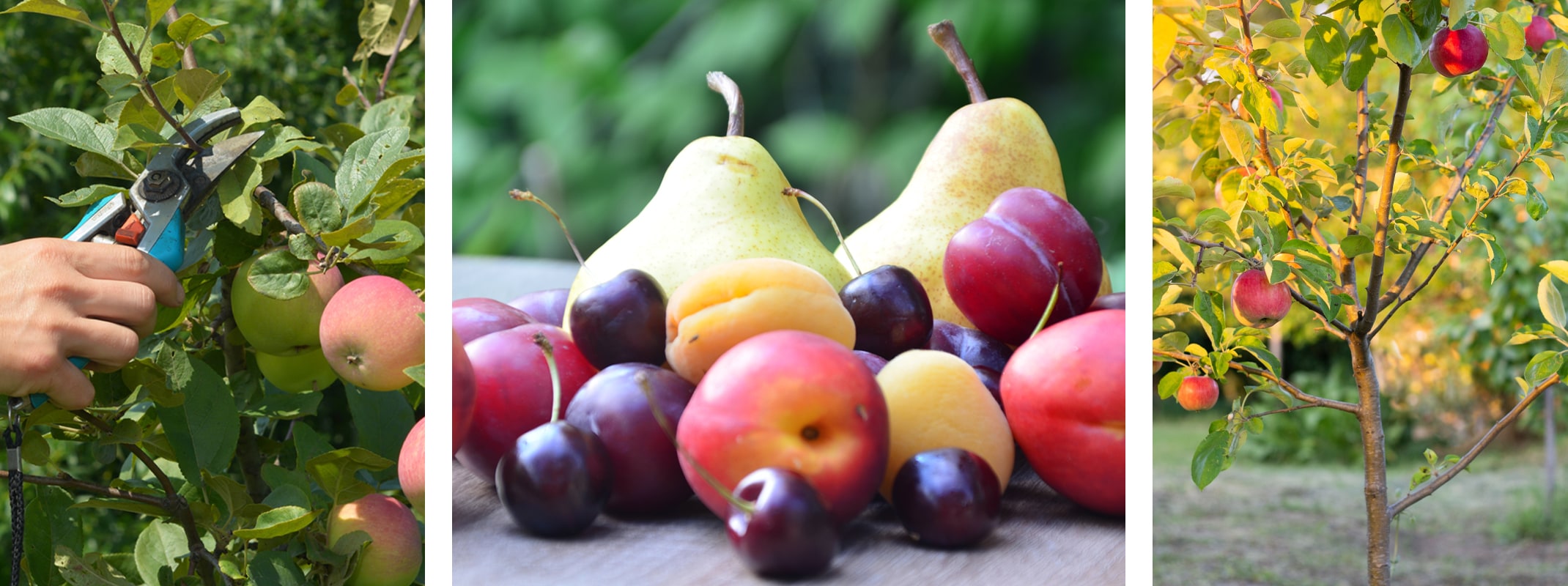
Fruit Tree Care
Note: This is a general care guide; each fruit tree variety may have specific requirements for optimal growth and health.
Planting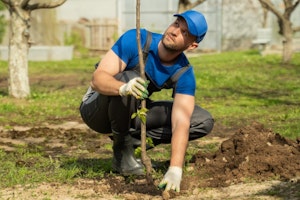
- Timing: Plant stone fruit trees during the late winter to early spring when they are dormant. Bare-root trees are ideal during this time for better establishment.
- Location: Choose a sunny location with at least 6-8 hours of direct sunlight per day. Ensure the soil is well-draining to prevent root rot.
- Spacing: Allow adequate space between trees (typically 12-20 feet, depending on the variety) to ensure proper air circulation and prevent diseases.
Watering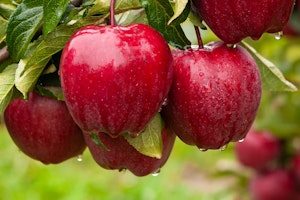
- Establishment Period: Water young trees deeply once or twice a week during the first growing season to establish strong roots.
- Mature Trees: Once established, water deeply every 1-2 weeks, adjusting based on weather conditions. In hot summer months, increase frequency. Avoid shallow watering as it encourages shallow roots.
- Irrigation Systems: Drip irrigation or soaker hoses work well to provide consistent moisture to the root zone.
Fertilization
- Timing: Fertilize in early spring just before new growth begins and again in early summer if needed.
- Type: Use a fertilizer formulated for fruit trees. We recommend E.B. Stone Citrus & Fruit Tree Food.
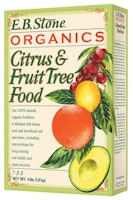 Avoid excessive nitrogen as it can promote foliage growth at the expense of fruit production.
Avoid excessive nitrogen as it can promote foliage growth at the expense of fruit production. - Application: Spread fertilizer evenly around the tree, extending out to the drip line, and water it in thoroughly.
Pruning
- Winter Pruning: Prune
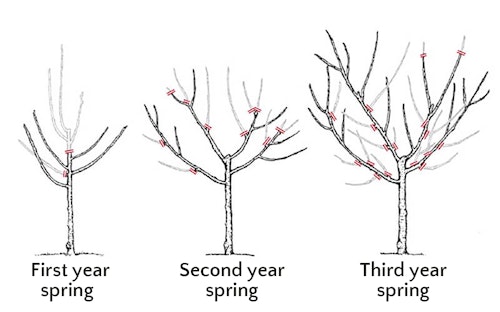 during the dormant season (late winter) to shape the tree, remove dead or diseased wood, and promote air circulation.
during the dormant season (late winter) to shape the tree, remove dead or diseased wood, and promote air circulation. - Summer Pruning: Light pruning in summer can help manage growth and improve light penetration, which encourages fruit ripening.
- Open Center Shape: Most stone fruit trees benefit from an open center or vase shape, which helps with light distribution and reduces disease risk.
Mulching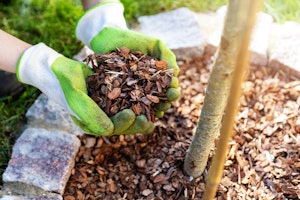
Apply a 2-3 inch layer of organic mulch (like wood chips or straw) around the base of the tree, extending to the drip line. This helps retain soil moisture, suppresses weeds, and improves soil quality as it breaks down.
Keep mulch a few inches away from the trunk to prevent rot and pest issues.
Pest and Disease Management
- Common Pests: Stone fruit trees can attract aphids, mites, peach twig borers, and scale insects. Use insecticidal soap or horticultural oil as needed, and encourage beneficial insects like ladybugs.


- Disease Prevention: Stone fruits are prone to fungal diseases like peach leaf curl and brown rot. Use copper-based fungicides during the dormant season to protect against these issues. Ensure proper pruning to promote air circulation and reduce humidity around the tree.
- Tree Trunk Care: Use whitewash or tree trunk paint to prevent sunburn and borers.
Thinning and Harvesting Fruit
- Thinning: Thin fruit when they are about the size of a marble, leaving about 4-6 inches between each fruit. This improves fruit size and prevents limb breakage.
- Harvesting: Harvest fruit when fully ripe, usually in late spring through summer, depending on the variety. Pick when fruits are firm but yield slightly to pressure.
Winter Care
- Apply dormant sprays (e.g., horticultural oil or copper fungicide) in winter to control overwintering pests and fungal spores.


- Prune to maintain structure, remove any dead or diseased branches, and ensure the tree is ready for the next growing season.
By following these guidelines, you can grow and maintain healthy, productive stone fruit trees in the Bay Area of California.

